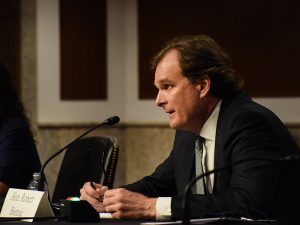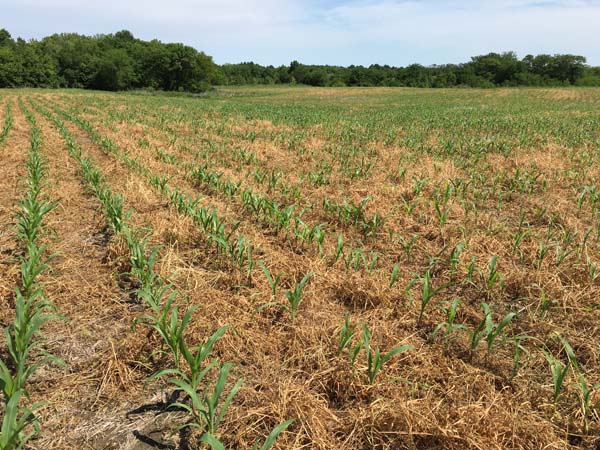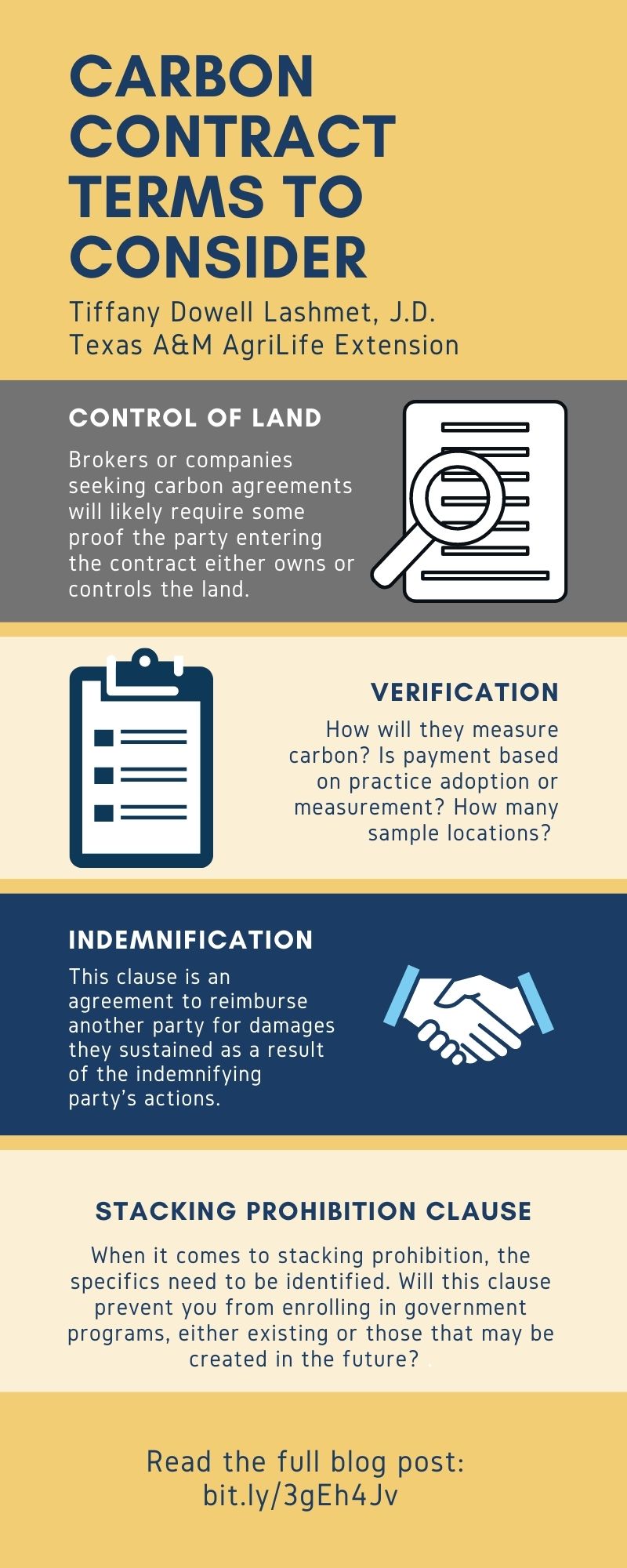
Legislative Update
Will Congress Keep the Doors Open?
House lawmakers passed a short-term continuing resolution (CR) last week to fund the government through March 11th. The Senate is set to take up the House-passed measure this week before the current CR — enacted in mid-December — expires February 18th.
While the Senate is expected to clear the legislation, there could be delays. Sen. Marsha Blackburn (R-Tenn.) has indicated she would oppose a unanimous consent order to expedite consideration of the legislation because of concerns related to the Department of Health and Human Services’ drug harm reduction program.
The extension of the CR comes at a critical time to keep the government funded and offices operating. For producers, keeping the Farm Service Agency doors open is critical as they continue to make decisions on Agriculture Risk Coverage (ARC) or Price Loss Coverage (PLC) election for the 2022 crop year and enroll in the recently announced Pandemic Cover Crop Program (see page 2 for more information).
Robert Bonnie Testifies

Photo credit: Agri-Pulse
February 8th, USDA Undersecretary for Farm Production and Conservation, Robert Bonnie, testified before the House Agriculture Committee’s Subcommittee on General Farm Commodities and Risk Management to review current farm policy. To read his opening remarks on farm bill programs, click here.
According to Bonnie, enrollment in ARC/PLC participation increased by 8.7% from the inaugural program year 2014 to 2019, and a total of $6,281,422,160 was issued in payments for 2019 — making it the largest amount since the 2016 program year. For program year 2020, enrollment increased by 10.6% and payments were issued in the amount of $2,162,805,971.
Bonnie also emphasized that USDA is working to deliver the $10 billion in disaster relief for the 2020 and 2021 crop years authorized by Congress last September.
While the overall hearing was congenial and informative, questions and concerns did arise:
1 . Does USDA have absolute authority to tap into the Commodity Credit Corporation for their recently announced $1 billion pilot program of partnerships for climate-smart commodities?
- House Agriculture Committee Republicans are concerned with USDA Farm Service Agency staffing levels, which are only at 25% of normal in many instances.
While debate and ultimately authorization of a new 2023 Farm Bill is still over a year away, this type of hearing will set the stage for next steps leading up to presumptive industry field hearings. If held, field hearings provide an opportunity for committee members to receive feedback from producers regarding the efficacy of the current Farm Bill and other farm programs that have been implemented over the last four years. It also provides producers a chance to voice possible recommendations on improving farm policy going into the 2023 Farm Bill debate.
USDA Extends Cover Crop Assistance Program
The U.S. Department of Agriculture (USDA) Risk Management Agency has extended the Pandemic Cover Crop Program (PCCP) to provide premium support to producers utilizing cover crops in their production systems. The program, initiated during the 2021 crop year as part of USDA’s Pandemic Assistance for Producers initiative provides financial assistance to growers impacted by COVID-19 market disruptions with the intent to help farmers maintain their cover crop systems. The amount of the premium support for 2022, is $5 per acre; however, you will not receive more than what you owe on your premium.
To qualify for the new 2022 PCCP program, producers must report cover crop acreage and file a Report of Acreage form (CCC-578) with the USDA Farm Service Agency by March 15, 2022. Cover crop fields that are reported on the CCC-578 form must match the acreage that the producer reports to their crop insurance company for their crop insurance policies. All cover crops reportable to FSA are eligible and include cereals and other grasses, legumes, brassicas, and other non-legume broadleaves, and mixtures of two or more cover crop species planted at the same time.
The PCCP premium benefit is available to most insurance policies through the federal crop insurance program. Some policies, however, will not be eligible because they are associated with an underlying coverage that would already receive the benefit or are not designed to provide coverage consistent with the information provided in the USDA FSA Report of Acreage (CCC-578).
PCCP will not be available for the Enhanced Coverage Option, Hurricane Insurance Protection – Wind Index, Post-Application Coverage Endorsement and Supplemental Coverage Option endorsements. Also, the Stacked Income Protection (STAX) and Margin Protection (MP) policies are only eligible for PCCP when insured as a standalone policy. STAX and MP endorsements purchased in addition to another eligible underlying policy of insurance will not be eligible for PCCP.

2021 Weekly Cotton Quality Summary
The following is a summary of the cotton classed at the Lubbock and Lamesa USDA Cotton Division Cotton Classing Offices for the 2021 production season.
- Avg. Daily Receipts
- Avg. Daily Classed
- Carryover (Bales)
- Percent Classed (estimated)
- Bales
- Color
- Leaf
- Staple
- Mike
- Strength
- Uniformity
- Bark
Lamesa: 7,286
Lubbock: 3,300
Lamesa: 7,199
Lubbock: 9,689
Lamesa: 3,252
Lubbock: 5,231
Lamesa: 93.5%
Lubbock: 98%
Lamesa: 50,415
Lubbock: 58,136
Lamesa:
21+ – 85.8
31 – 12.4
12 – 0.3
Lubbock:
21+ – 86.3
31 – 11.6
12 – 0.2
Lamesa: 1.80
Lubbock: 2.14
Lamesa: 35.00
Lubbock: 35.38
Lamesa: 3.8
Lubbock: 3.87
Lamesa: 29.63
Lubbock: 29.89
Lamesa: 79.68
Lubbock: 80.06
Lamesa: 5.3
Lubbock: 5.7
